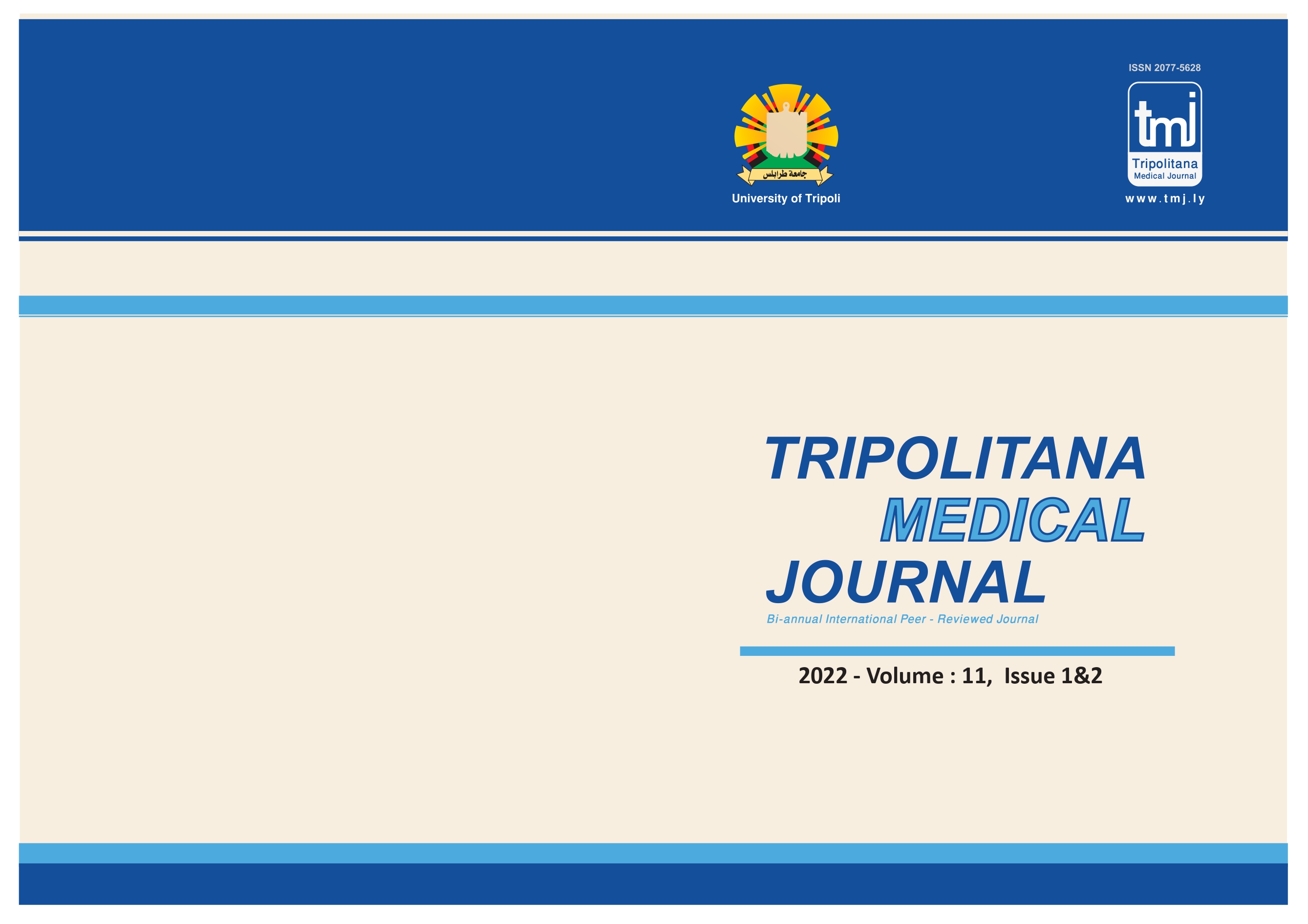Factors Involved in Selecting The Birth Type among Primiparous Women
الكلمات المفتاحية:
Antibiotic Resistance; Escherichia coli; Al-Nokhba Medical Clinicالملخص
Normal vaginal delivery is more preferable mode of delivery than the surgical caesarean section, and cesarean section (C
section) should be restricted to the cases which have no possibility of natural childbirth, or it is accompanied by severe risk to
women’s or baby’s life according to the known rules and regulations. It appears reasonable to investigate the factors involved
in deciding the type of childbirth to reflect that on the planned strategies to reduce the rate of operative delivery. To assess the
factors implicated in choosing the birth type among primiparous women.
Cross sectional study conducted in Aljala hospital, included all primigravida who had delivered during time interval from 1st
January to 20th October 2021. The data was collected by a researcher-designed questionnaire, analized by SPSS version 16.
Among 138 primipara women aged from 18 to 45 years, on assessing the mean age group was 28.30 ± 6.06 SD. Regarding
the educational level of participants, the most frequent level was high school which accounts 34.8% (48 participants) followed
by less than high school 29% (40 participants), the relationship between birth type preference and educational level by using
the chi square, the results revealed statistical significant relationship (P- value = 0.003). Regarding the birth type, 59.42% (82
participants) had delivered by cesarean section. 80.4% of the participants are house owners and accommodation is significantly
associated with the choice of birth type (P- value =0.022). 43.48% are employed and employment is not significantly associ
ated with the birth choice (P-value =0.083). Economically 84.06% of the participants have moderate income, however, it is
not significantly associated factor with the birth choice. The level of awareness is significantly associated with the birth choice
(P-value =0.005).
The present study revealed that the key factors involved in preferring caesarean delivery are education, accommodation and
the level of awareness. As a result of maternal request to caesarean delivery is increasing, adequate knowledge and awareness
related to birth type is now very important to minimize caesarean section. The results of this study might be used in evidence
based practices to promote normal vaginal birth and perhaps maternal health index.




